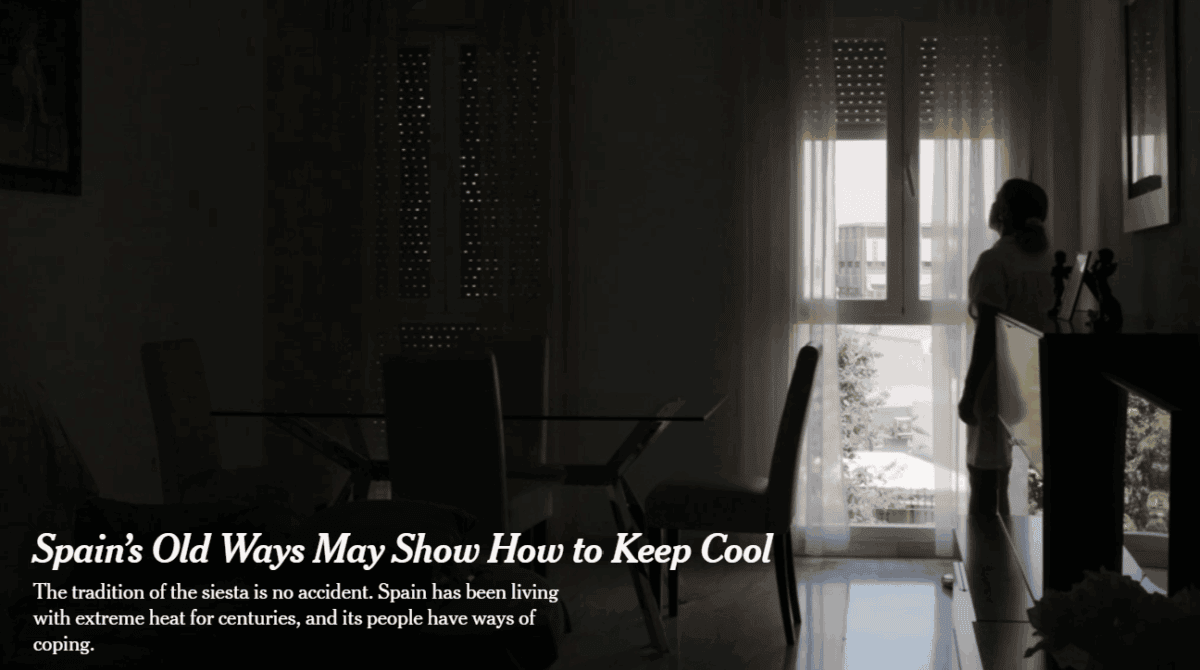I have had a very positive response to my short audio summaries of SafetyAtWorkBlog articles available through SoundCloud. These free 5 or 6-minute monologues are intended to be short, thought-provoking chats about various aspects of occupational health and safety.
Almost a dozen have been posted over the last few weeks on topics such as suicidality, farm safety, compliance, ethics, COVID-19, seminars, and new books.
If you are interested in quick digestible thought pieces, please consider a free subscription through SoundCloud.
Stream SafetyAtWorkBlog | Listen to podcast episodes online for free on SoundCloud







